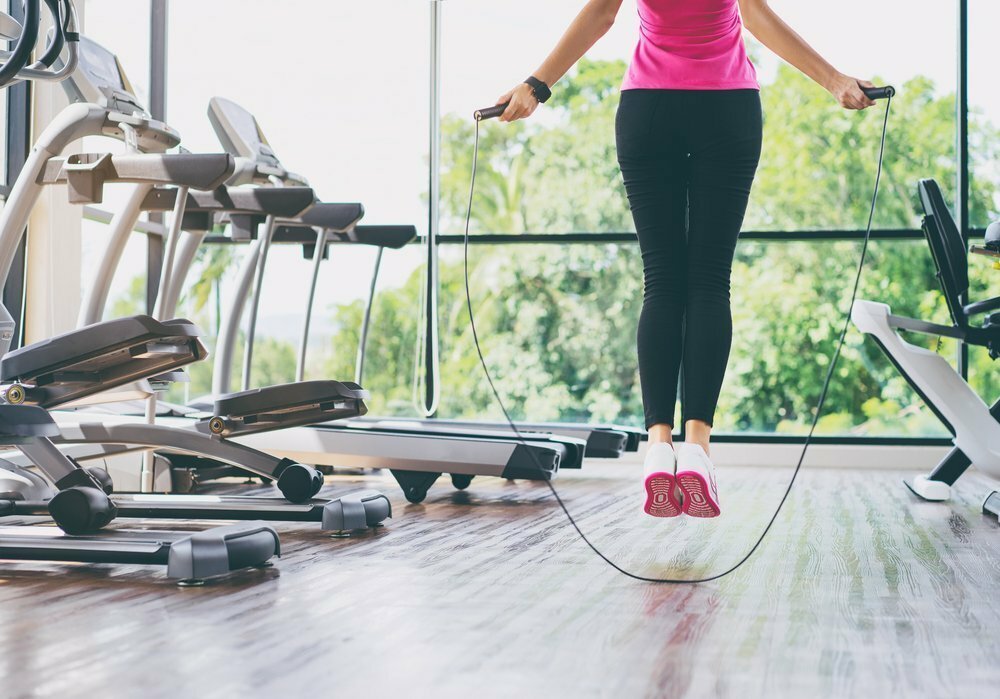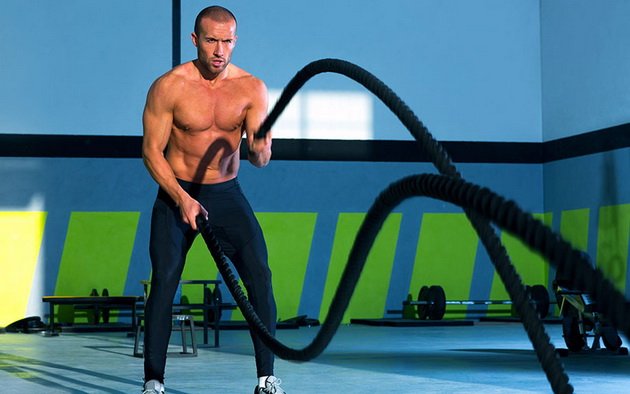We will talk about workouts that are not as effective as saber rattling, but are no less important for building a perfect body. The conversation will be about cardio.
I’m sure many of you are familiar with cardio training, but I would like to expand the topic so that everything becomes clear even for beginners (if you are one of them, welcome).
Talk about cardio
Aerobic exercise is an essential element of a successful workout program. Although the main goal of cardio for many is to burn fat and develop muscle definition, cardio is more beneficial not for appearance, but for health.
Cardio training strengthens the heart and increases the capacity of the respiratory system. Aerobic exercise requires increased oxygen consumption and forces you to work in control of your breathing.
Cardio accelerates recovery from strength training as it raises heart rate and increases blood flow to skeletal muscles. Moreover, cardio helps fight stress and helps to strengthen the musculoskeletal system. And yes, as I said earlier, cardio makes you leaner and leaner.
Slow and monotone
There are several types of aerobic training. The first is low-intensity cardio training (LICT) at a constant pace, which involves a low and constant rhythm throughout the session.
If you are doing the NICT program, the intensity should not be higher than 65-70% of your maximum heart rate from start to finish. Many champions of the Golden Era of bodybuilding have used low-intensity cardio training. There are still fans of this strategy today.
Low-intensity cardio comes first, you can do your workouts anywhere. Walking around the area or walking on a treadmill for 30-60 minutes is a good example of this type of cardio exercise.

Why do people like NICT?
Low-intensity cardio is so popular for several reasons. Adepts of the method will tell you that NICT helps maintain muscle mass, after such workouts it is easier to recover, and when performed immediately after strength exercises, slow cardio accelerates muscle recovery.
Exercising on a regular basis is easier, because the load is not so high. Because many types of NICT are functional, exercise improves overall fitness and aerobic endurance. Finally, since you can do NICT anywhere, you have more options.
Why others are against slow training
Of course, there are opponents and critics of low-intensity cardio, and they are not shy about talking directly about why they think so. In their opinion, in order to get a noticeable result in terms of fat burning, long training sessions are needed, which are difficult to squeeze into a tight and busy schedule.
They find NICT workouts boring and repetitive, which means it’s harder to find motivation. Calories burned during such workouts are low, unless you are exercising for a very long time. It also hurts motivation that you don’t have to challenge yourself during low-intensity workouts.
Let’s try HIIT!
Now let’s talk about the opposite type of cardio workout. High-intensity interval training is the exact opposite of NICT. If NICT is a constant pace from start to finish, HIIT training forces you to alternate periods of low intensity and short periods where you give your best.
The goal is to make the body guess so that it cannot adapt to the intensity of the load. As a result, your body burns more calories for energy. HIIT has also been in the game for a long time, but it has become really popular in the last couple of decades. An example of a HIIT workout would be alternating a 2-minute jog with 20 or 30-second sprint intervals.

Arguments in favor of HIIT
There are several reasons why many athletes and coaches prefer HIIT training. They believe that HIIT burns more calories, and they know for sure that intense training takes less time than monotonous cardio. Accordingly, it is much easier to have a good workout without getting out of your busy schedule.
HIIT supporters find more motivating factors that help them get started and not quit. Another argument is the ability to diversify your workouts. For HIIT cardio, you can use sports ropes or heavy bags, or you can do circuit training with iron.
What the opponents are saying
If everyone had the same opinion, life would become rather boring. There is another category of athletes and experts who believe that HIIT is not as good as it is portrayed.
Critics believe that beginners should not do HIIT at all, since their level of training does not allow them to withstand high loads. The risk of injury is higher, and no one will be able to lose weight while sitting on the couch recovering from an injury. They also suggest that you can become a victim of overtraining if you do HIIT on a regular basis.
Tabata training
Tabata training is one of the most popular HIIT options, which burst into the fitness world like a hurricane in the early 2000s. The technique is named after sports physician Isuzu Tabata, who studied its effects in Japan. In a nutshell, this is a four minute HIIT workout. Yes, just 4 minutes!
Tabata workout includes 20-second intervals of work at maximum intensity, followed by 10 seconds of complete rest. You repeat the sequence eight times. The secret to success is that at 20-second intervals, you really give up all your strength. If not, the training will not be effective.
The best of both worlds
When it comes to cardio, not everyone joins the first or second camp. There are those who remain neutral and benefit from both worlds.
Some bodybuilders and other sportsmen do low-intensity cardio on strength training days, and HIIT is left from the gym for rest days. Alternating between the two types of cardio workouts helps them keep their body fat levels low.

